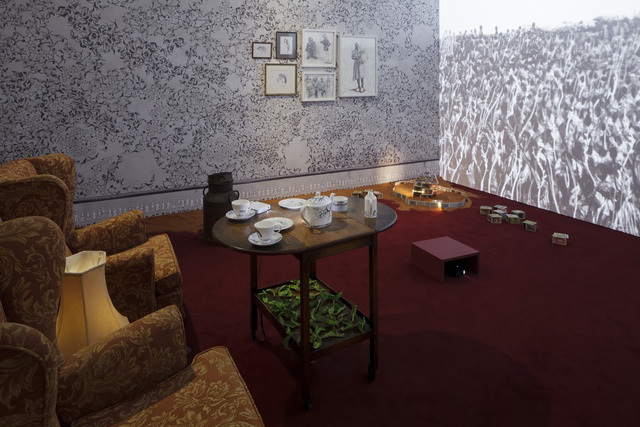Remembering Julian Bond (1940-2015)Posted in Articles, Biography, History, Media Archive, Politics/Public Policy, United States on 2016-01-17 01:07Z by Steven |
Remembering Julian Bond (1940-2015)
Politico
2015-12-29
For many Americans, Julian Bond, who died in August at age 75, was quite literally the voice of the modern civil rights movement. In the early 1960s, when he served as communications director for the Student Non Violent Coordinating Committee (SNCC), and in later years, as a prominent author, university lecturer and narrator of the acclaimed PBS documentary Eyes on the Prize, he embodied the dignity and righteousness of the black freedom struggle. “Justice and equality was the mission that spanned his life,” President Obama said in the wake of his passing. “Julian Bond helped change this country for the better. And what better way to be remembered than that.”
The son of Horace Mann Bond, an acclaimed black educator who earned his Ph.D. at the University of Chicago, Julian grew up in middle-class comfort and respectability in southeast Pennsylvania, where his father served for more than a decade as president of Lincoln University, a historically black college. A virtual who’s-who of American intelligentsia passed through the door of his childhood home. As a young boy, he sat in Paul Robeson’s lap as the famed activist and baritone sang a Russian folk song for the family. He met W.E.B. DuBois and Albert Einstein. As an adult, he still recalled the excitement of a visit from Walter White, the executive secretary of the NAACP. “When he pulled up to our house, he was in a big, black shiny car escorted by two Pennsylvania state troopers on motorcycles with big leather boots,” Bond later told an interviewer, “I thought, boy, this is an important guy. This guy’s really something.”
Bond, who attended high school at an integrated Quaker institution in Bucks County, Pennsylvania, knew little of segregation growing up. He was only four or five years old the first time he learned there was “some category of people I belonged to,” as he recalled in an oral history many decades after the fact. Walking with his parents through the train station in Nashville, where they had arrived for a visit with extended family, “a policeman came up to my mother and said, ‘Niggers aren’t allowed here.’ She said, ‘Are you calling me a nigger?’ I don’t know if it was because she was very fair skinned and might have been white, although she didn’t appear white to me, or if it was her manner with the policeman. He was just taken aback. He didn’t say anything else, and we just kept on going.”…
Read the entire article here.



